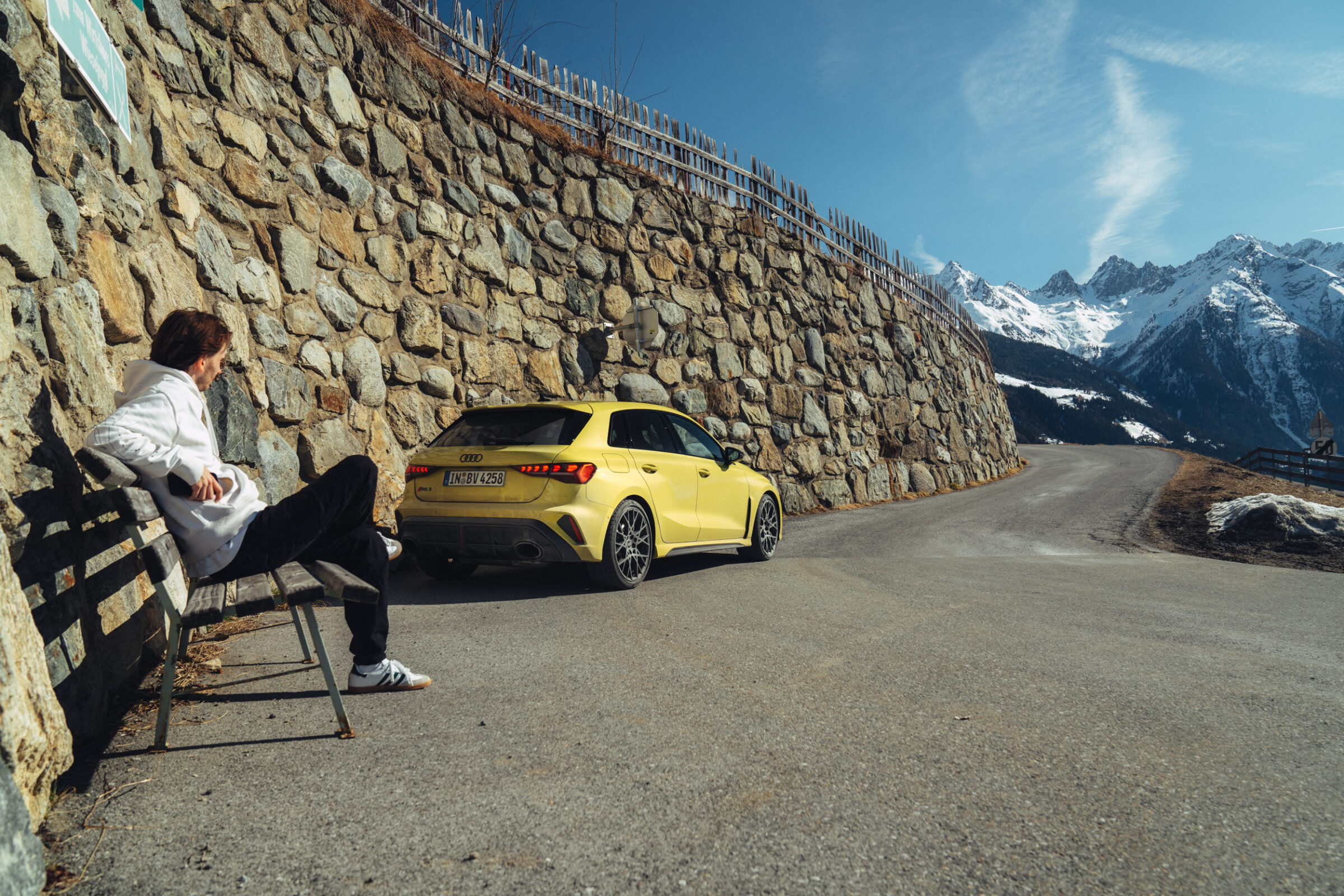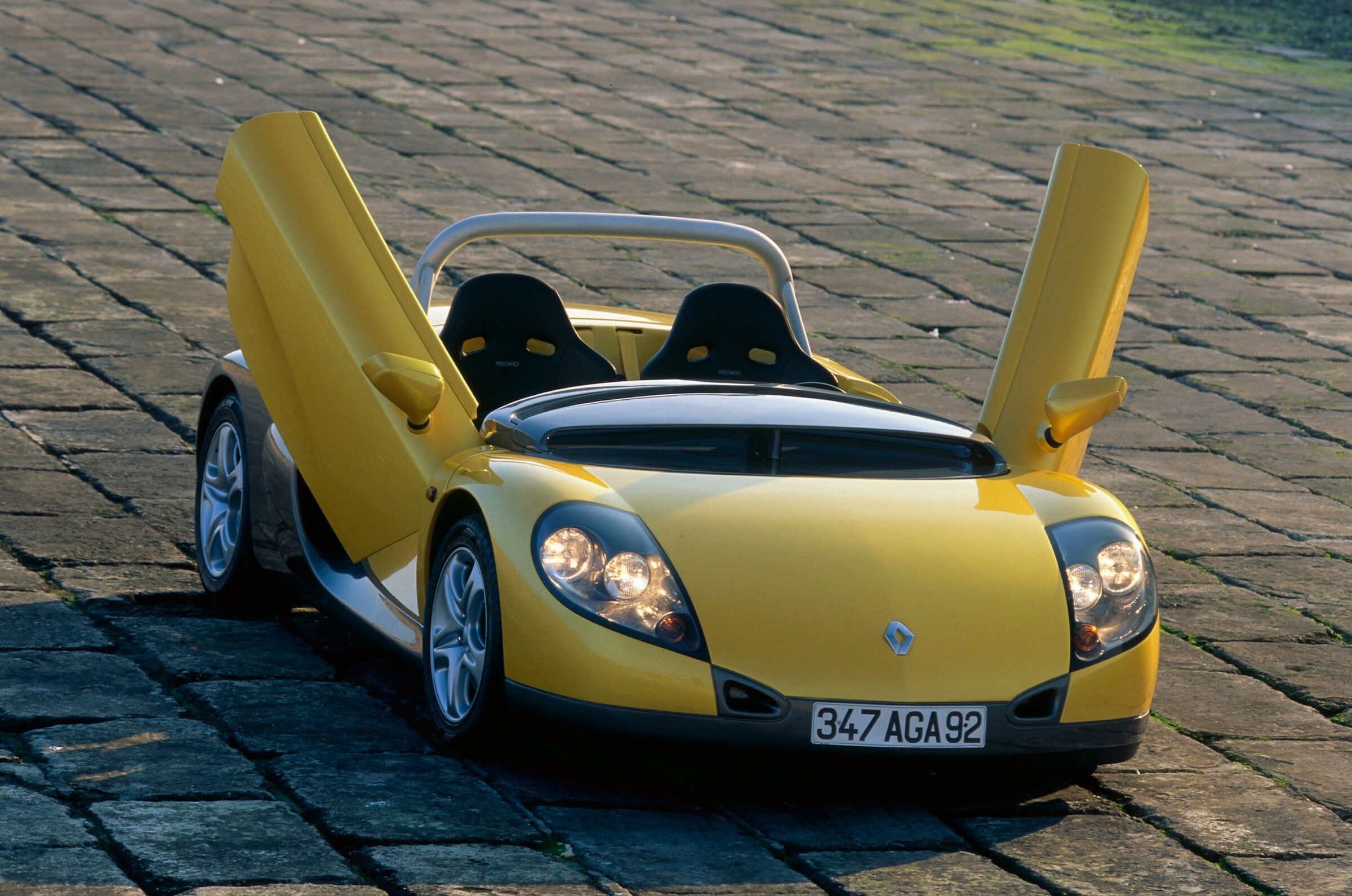Ferrari 365 GTC/4
When sports car fans talk about Ferrari models from the early 1970s, they usually refer to the ‘Daytona’. This name was only used unofficially, but everyone knows immediately that the 365 GTB/4 is meant. Often forgotten is its sister model, the 365 GTC/4. With a 4.4-liter V12 engine at the front, the history of the 365 models began in 1966 with the 365 California Spyder, which was intended for a few VIP customers, especially in the USA, and of which Ferrari only built 14 units. One year later, the 365 GT 2+2 came to the dealers, which was nicknamed ‘Queen Mary’ because of its huge dimensions, as well as the sporty 365 GTC at the end of 1967, which took over much of the 330 GTC’s appearance. In 1969 the 365 GTB/4 with the nickname ‘Daytona’, which was triggered by a legendary race win, followed as a successor of the still relatively young 275 GTB/4 and finally in 1971 the 365 GTC/4 as a new 2+2-seater.
As technical basis the GTC/4 used the chassis of the GTB/4, which in turn was taken over from the 275 GTB/4 in many areas. Just behind the front axle was the Gioacchino Colombo V12 with 4.4 liters displacement and four overhead camshafts. For the use in the rather comfortably tuned GTC/4, the engine was equipped with six Weber double flat-flow carburetors on modified cylinder heads instead of the downdraft carburetors in the ‘Daytona’ and a wet sump lubrication. In this way a flatter bonnet could be realized, which was reflected in the pleasing lines of the Pininfarina design. Apart from the vehicles for the US market, which by a different tuning produced 320 hp, the 365 GTC/4 was available in all other countries with 340 hp, which were put on the road via a five-speed gearbox. Ferrari stated an acceleration time from a standing start to 62 mph in 6.7 seconds and a topspeed of 260 kph (161.5 mph) in the data sheet. Independent wheel suspensions on double wishbones, coil springs and telescopic shock absorbers together with hydraulic level control on the rear axle and disc brakes all around rounded off the technical package.


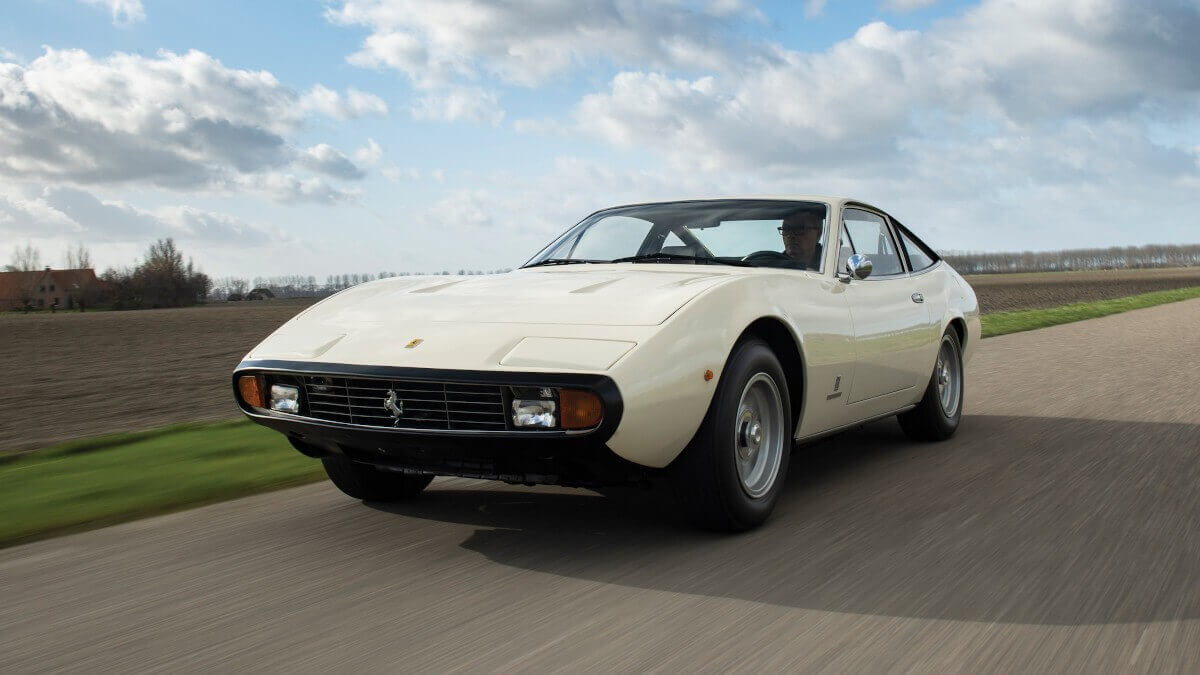





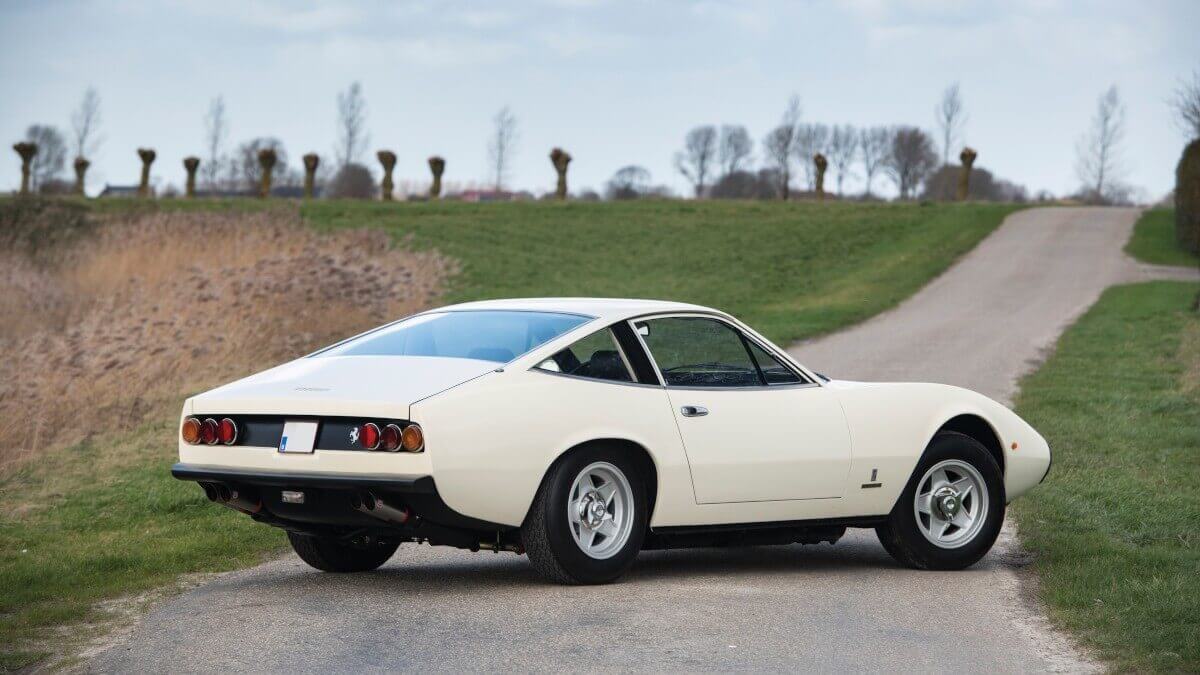











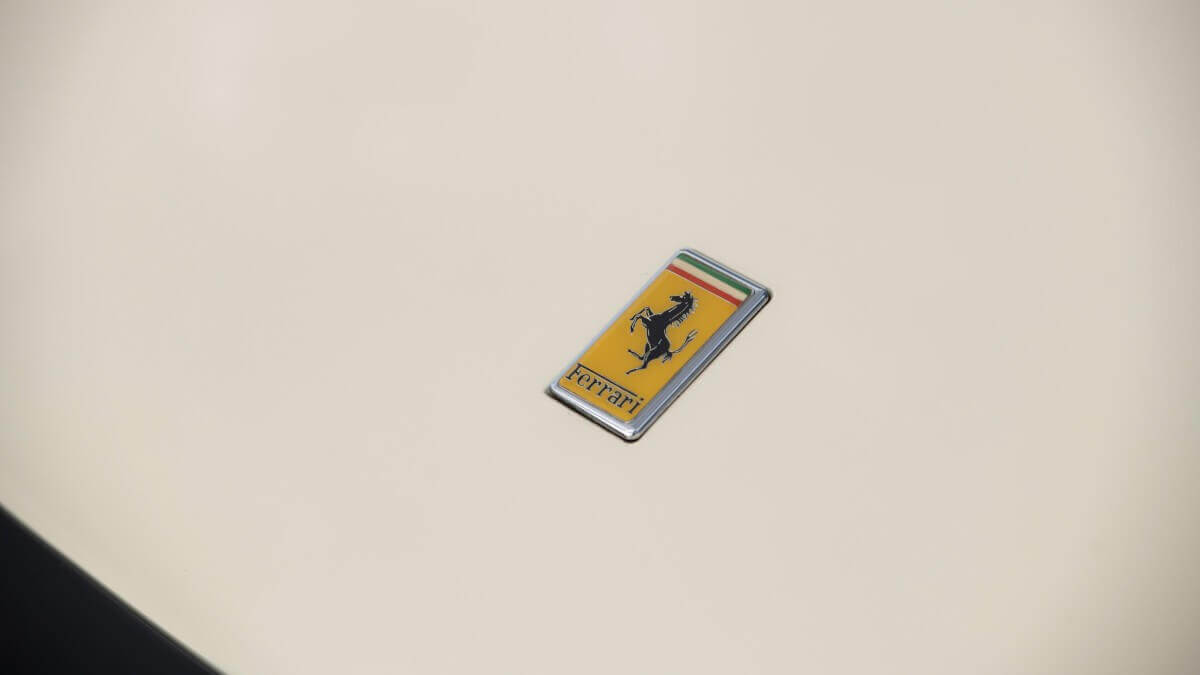















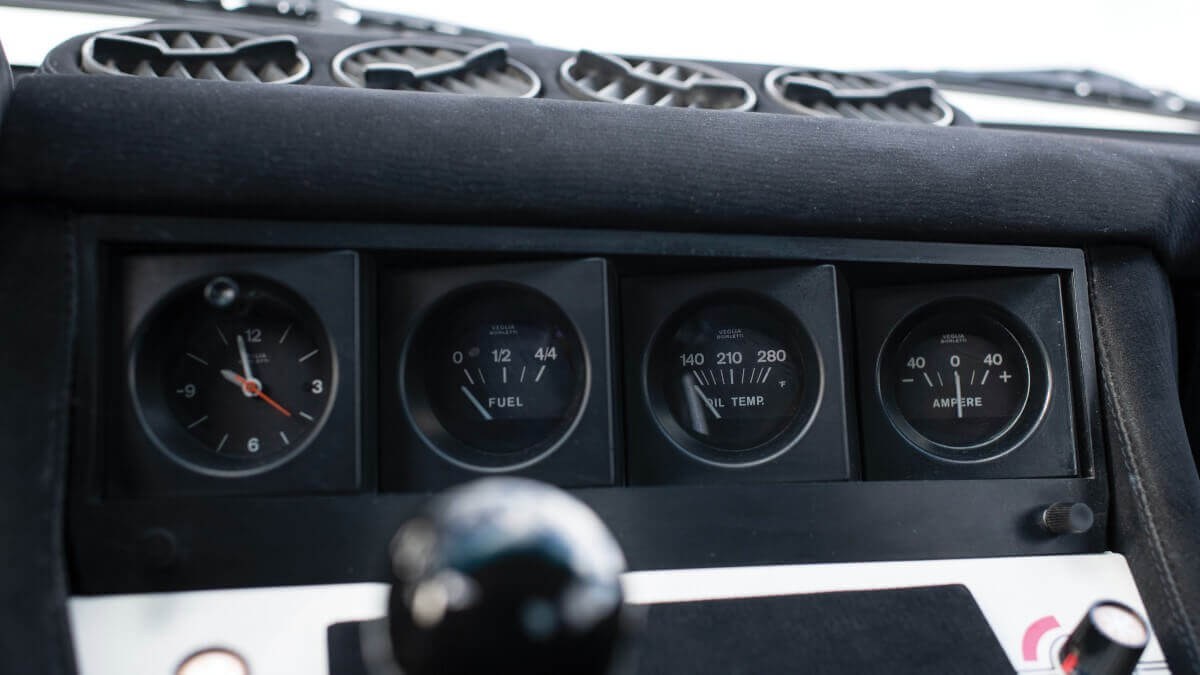

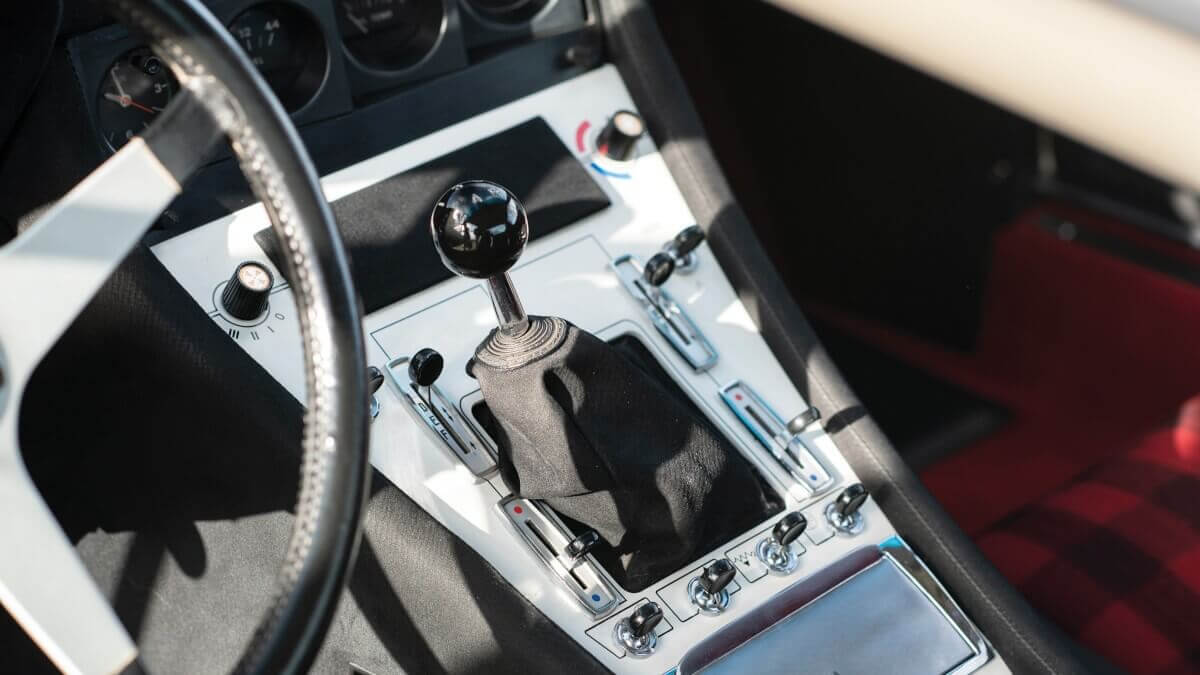

















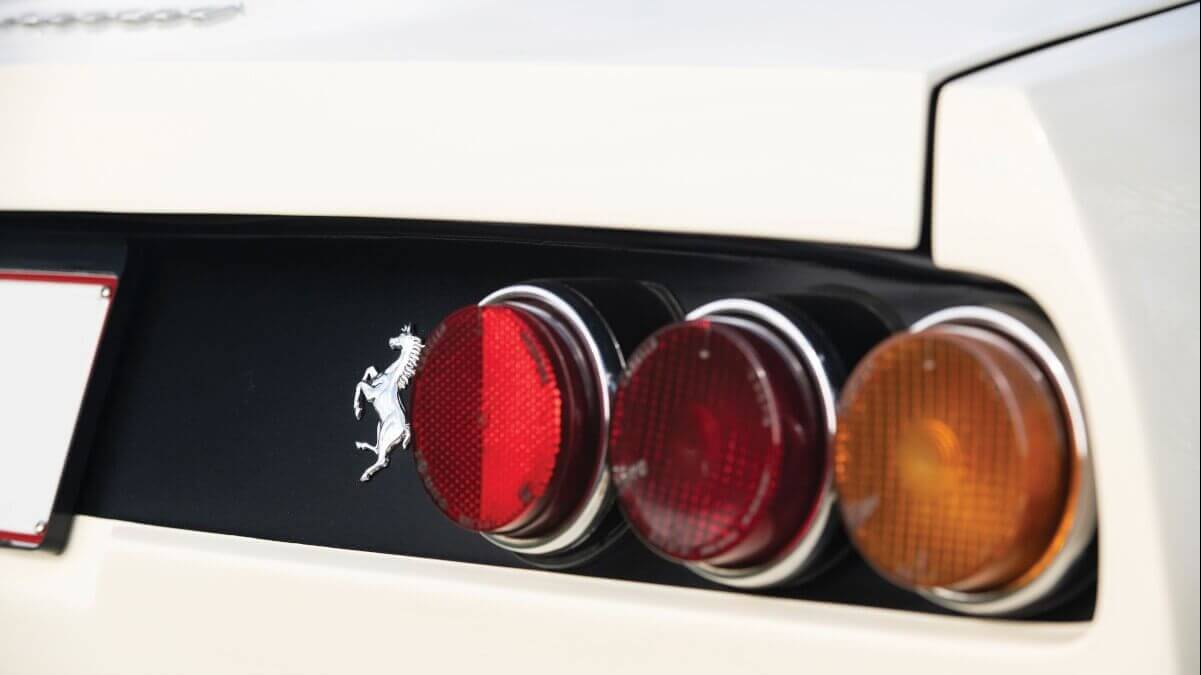



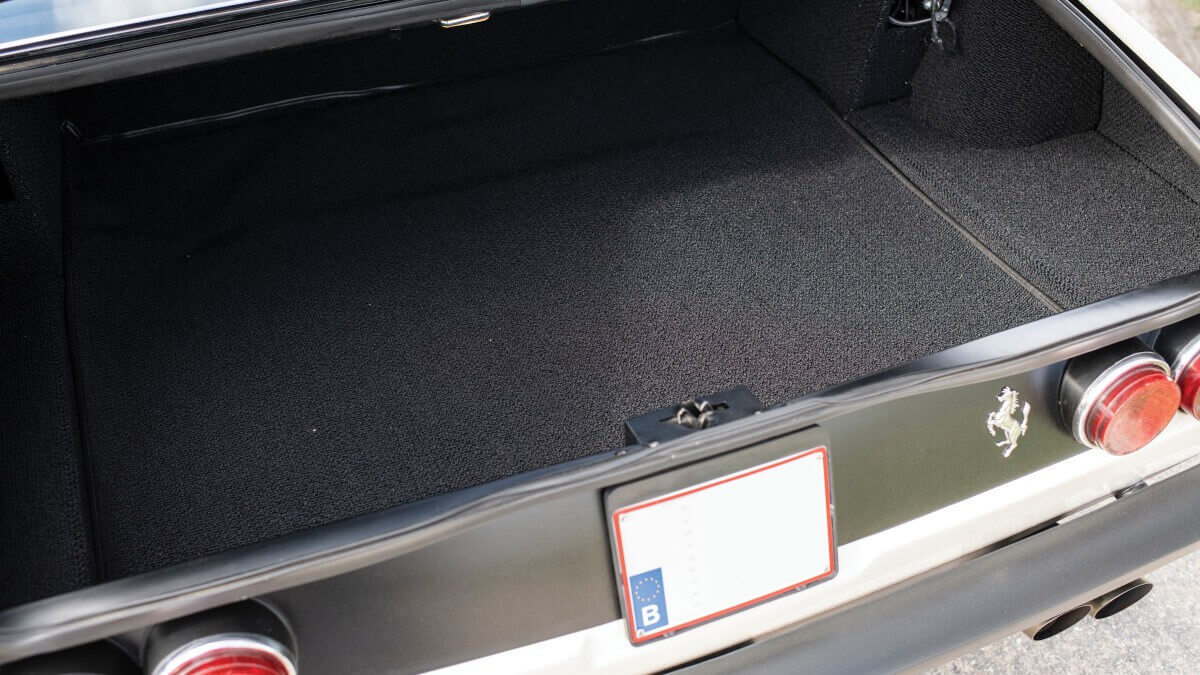

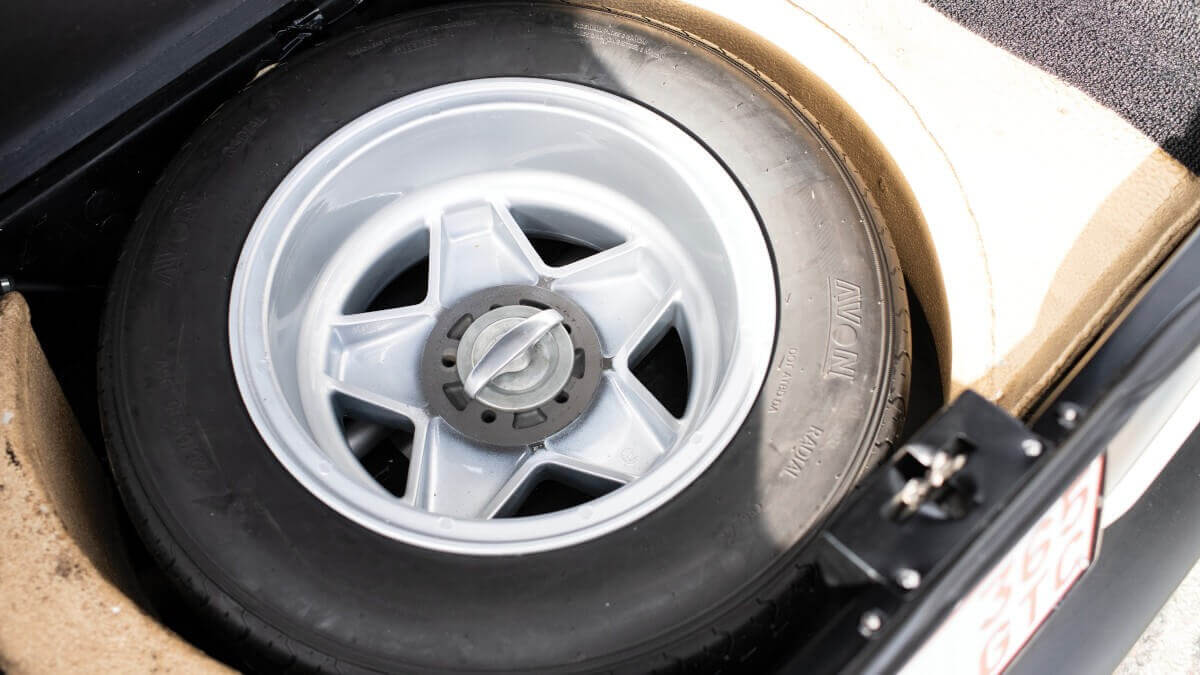





For the body design of the new model, Ferrari turned to Pininfarina as so often. There Filippo Sapino was responsible for a beautiful hatchback coupé, which he gave very thin roof pillars on which the small roof literally floats. The lower sweeping line of the side windows gave the 365 GTC/4 the nickname ‘il Gobbone’ (the hunchback) in Italy and ‘Banana’ in other countries. At the end of the trunk lid, above the four round taillights, Sapino integrated a tear-off edge, as propagated by Wunibald Kamm. At the same time, the GTC/4 was the first Ferrari model to be fitted with pop-up headlights from the start, whereas these were only introduced on the 365 GTB/4 with a facelift. Just below them is a wide rubber bumper which surrounds the radiator grille and the auxiliary lights and indicators. Pininfarina finally took over the production of the bodyshells for Ferrari as well, while the GTB/4 was built at Scaglietti.
In contrast to many other models from Maranello, the 365 GTC/4 was fitted with a leather gearshift bag instead of the legendary open metal gearshift gate. Leather upholstery on the other hand cost extra. Power steering and air conditioning were standard equipment, which was well received especially in the US market, which was the biggest target at that time. Although there were some customer requests, Ferrari didn’t develop a convertible version of the GTC/4 ex factory, but this conversion was taken over by some external coachbuilders. Felber from Switzerland also built a shooting brake based on a 365 GTC/4 according to design sketches by Giovanni Michelotti as well as a buggy called Beach Car. Ferrari ended production relatively simultaneously with that of the 365 GTB/4 in 1973 after just about 505 units. Despite its rarity, the GTC/4 is still about half the price of the ‘Daytona’ today – which is still about 300,000 to 400,000 € in good condition.
RM Sotheby’s is offering the white car from our picture gallery in an online auction from June 3 to 11, which will take place instead of the live auction at the Techno Classica in Essen. The car originally went to the USA in 1971, where it remained until the 90s. It then experienced a brief era as a racing car in Australia and then underwent a complete restoration at Joe Macari in London, during which the US sidemarkers were removed. It has also been restored to its original color ‘Avorio Le Tetrarch’ (white) with black leather interior, red wool inserts and contrasting carpets. A Ferrari Classiche certification also confirmed to the owner that the car still has the original V12 engine. All original logbooks and restoration documentation also belong to the vehicle. The Canadian auction house expects a hammer price of between 250,000 and 300,000 €.
Images: RM Sotheby’s, Dirk de Jager


